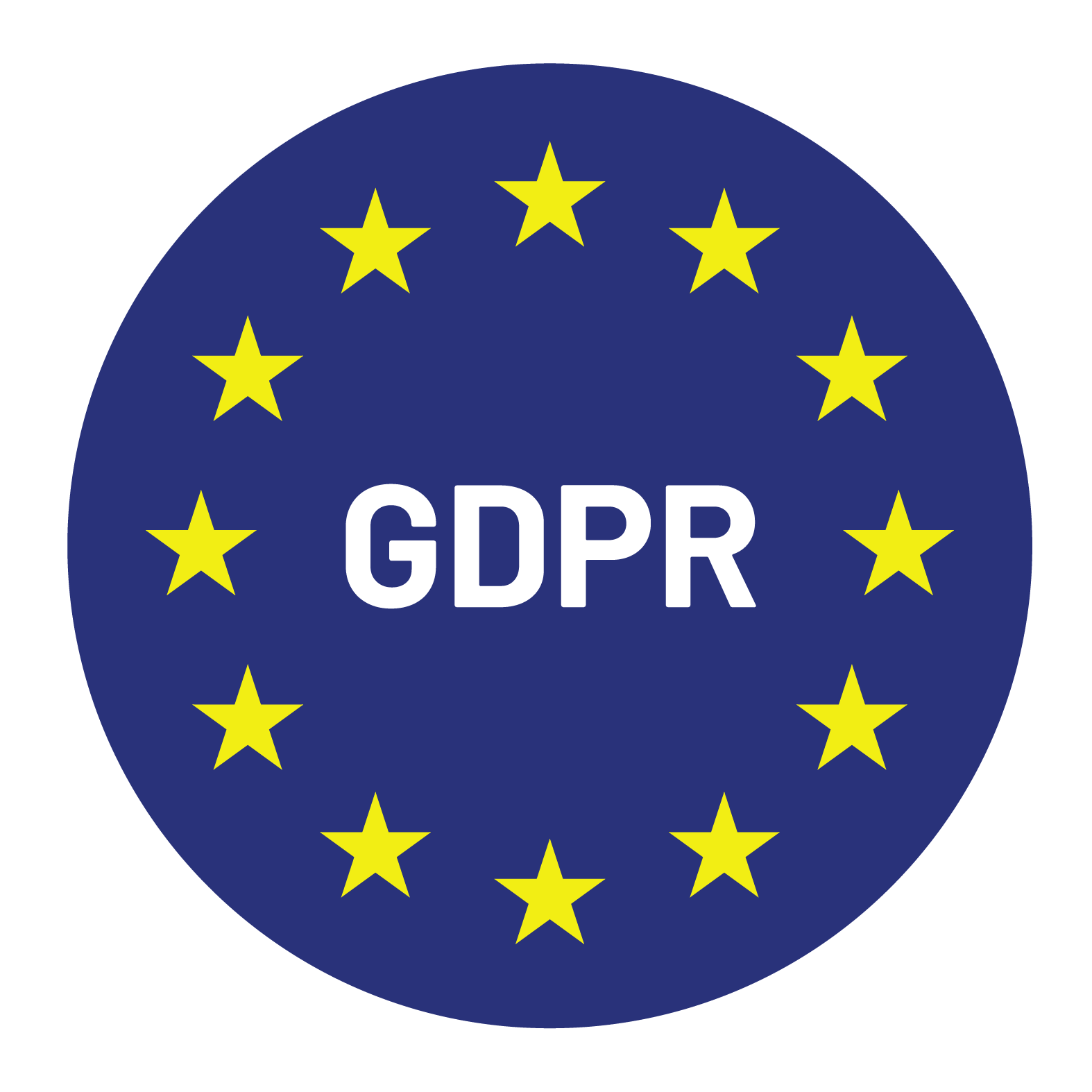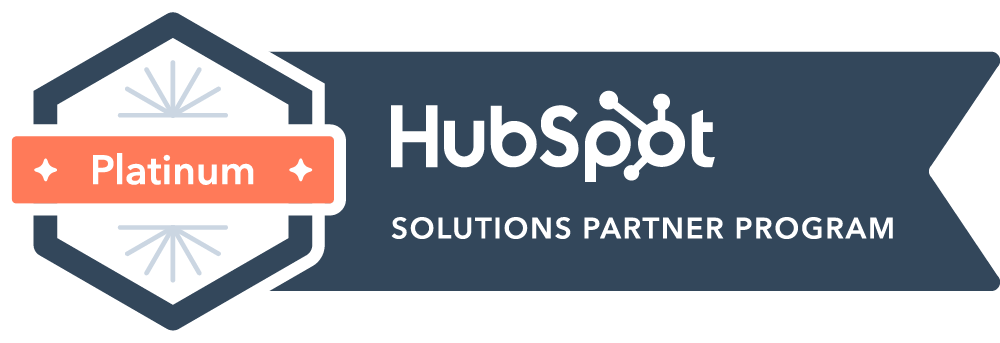


Content Writer for Whistle with multidisciplinary experience spanning over a decade.
A product-led growth strategy offers several significant benefits to companies, including the ability to lower customer acquisition costs, improve the user experience, and increase scalability. Companies like Slack and Dropbox have demonstrated the success of a PLG approach by reducing or even eliminating acquisition costs typically associated with traditional marketing methods. Instead, these companies focus on providing an exceptional product experience that encourages users to refer the product to others, leading to organic growth. By leveraging the power of word-of-mouth marketing, companies can significantly decrease their customer acquisition costs, allowing resources to be allocated towards other growth initiatives.
When examining your content marketing efforts in your PLG strategy, it is important to consider the various tactics and goals of your marketing team.
To determine whether your product-led growth (PLG) strategy is working, it is crucial to analyze your current situation.
– Examining Your Customer Acquisition Costs (CAC): Evaluate if they have decreased or been eliminated. If you notice a decline in CAC and a significant increase in organic growth, this indicates the success of your PLG approach.
– Assess the User Experience and Product Journey: Are users satisfied with the product? Are they referring to others? A positive user experience, high satisfaction, and increased referrals indicate that your product is addressing their needs and pain points effectively.
– Evaluate the role of your sales team: In a PLG strategy, the focus shifts from relying solely on sales teams for revenue growth to leveraging self-serve product adoption. If your company is capturing a broader customer base through this approach and experiencing efficient scalability, it suggests that your PLG strategy is working.
– Measure Your Customer Retention Rates: If you observe a high customer retention rate and a growing number of customers promoting your product, it signifies that your PLG strategy is driving long-term customer loyalty and fueling growth. By thoroughly examining these aspects, you can gauge the effectiveness of your PLG strategy and make informed decisions for future growth initiatives.
A crucial aspect of assessing your onboarding process in the context of a product-led growth (PLG) strategy is ensuring that it delivers immediate value to your users. PLG focuses on allowing users to easily adopt and experience the value of your product on their own. This means that the onboarding process should be designed to provide users with a seamless and valuable experience right from the start.
To achieve this, optimize the user experience by creating a simple and intuitive onboarding flow that guides users through the key features and benefits of your product. By focusing on delivering immediate value, you can showcase the unique selling points of your product and address users’ pain points, increasing the likelihood of them continuing to use your product.
Implementing self-service onboarding is also essential in a PLG strategy. This means empowering users to explore and onboard themselves without the need for heavy reliance on customer success teams. Provide resources such as tutorials, help documentation, and interactive guides that enable users to navigate and understand your product on their own terms.
To effectively assess your onboarding process, leverage tools like session recordings and product analytics. These tools help you identify any issues or friction points in the onboarding journey. By analyzing user behavior and interactions, you can gain insights into where users might be getting stuck or disengaged during the onboarding process. With this information, you can make targeted improvements and optimizations to ensure a seamless and successful onboarding experience.
A key indicator of whether your PLG (Product-Led Growth) strategy is working is the evaluation of your user experience. To know if your user experience is effective, consider the ease-of-use and the value delivered by your product.
First and foremost, your product should solve pain points and make a tangible difference in users’ lives. It should address their needs and provide solutions that are superior to your competitors. By clearly communicating how your product solves these pain points, you can effectively demonstrate its value and increase user engagement.
Additionally, the user interface should be user-friendly and enjoyable to ensure a positive product experience. A well-designed interface that is intuitive and visually appealing can enhance user satisfaction, leading to increased usage and customer loyalty.
To gather user feedback and make informed improvements, utilize both qualitative and quantitative methods. Qualitative data can be obtained through session recordings, which allow you to observe user behavior and identify any usability issues. In-app surveys and 1-on-1 interviews also provide valuable insights into users’ preferences and pain points. Quantitative data, such as conversion rates and user engagement metrics, can further inform your evaluation of the user experience.
Content marketing plays a vital role in product launch and positioning. By creating informative and compelling content, you can educate your target audience about the unique value of your product and guide them through the customer journey. This includes showcasing the pain points your product solves, highlighting its key features, and positioning it as the superior solution in the market.
Trials and Demos
By offering valuable content such as free trials, demo videos, or interactive walkthroughs, you can encourage users to experience your product firsthand. This not only helps in attracting potential customers but also provides an opportunity to showcase the ease of use and value delivered by your product.
SEO and Paid Media
To maximize the reach of your content and attract qualified leads, leveraging SEO and paid media channels is crucial. By optimizing your content with relevant keywords and using targeted ads, you can improve your search engine rankings and drive traffic to your website or product landing page. This, in turn, increases the chances of acquiring high-quality leads and converting them into paying customers.
Webinars
By hosting webinars on topics related to your product or industry, you can establish your brand as a thought leader and provide valuable insights to your audience. Promoting these webinars within your app ensures that your existing users are aware of these opportunities for learning and further engagement.
Analyzing conversion rates and activation rates is essential to determine the effectiveness of your product-led growth (PLG) strategy. These metrics provide valuable insights into the percentage of users who successfully transition from free trials to paid subscriptions (conversion rates) and the percentage of new users who become active and engaged customers (activation rates).
To track and analyze these metrics effectively, you need to set up proper tracking mechanisms. This includes implementing analytics tools, installing event tracking codes, and ensuring accurate data capture throughout the customer journey. With these mechanisms in place, you can calculate conversion rates by dividing the number of users who convert to paid subscriptions by the total number of users who started the trial. Similarly, activation rates can be calculated by dividing the number of active and engaged customers by the total number of new users.
Analyzing conversion rates and activation rates allows you to identify areas for improvement within your PLG strategy. If conversion rates are low, it may indicate issues with your onboarding process or the value proposition of your product. By analyzing activation rates, you can gain insights into the factors that drive user engagement and retention.
Measuring the success of your Product-Led Growth (PLG) strategy is essential to determine its effectiveness in driving revenue growth and achieving your business goals. By tracking and analyzing key metrics you can gain valuable insights into the performance of your PLG strategy. These metrics allow you to identify areas of improvement within your onboarding process, product offerings, and user engagement, enabling you to refine your strategy and drive success.
Assessing customer lifetime value (CLV) is calculated by evaluating the success of your product-led growth (PLG) strategy. CLV measures the total revenue a customer generates over their entire relationship with your business, indicating their long-term value and impact on your revenue growth.
To calculate CLV, you need to consider two key metrics: average revenue per account (ARPA) and customer churn rate. ARPA represents the average amount of revenue generated by each customer account. Meanwhile, the customer churn rate represents the percentage of customers who stop using or subscribing to your product over a specific period of time.
Dividing ARPA by the customer churn rate allows you to determine the CLV. This calculation provides insights into the expected revenue you can anticipate from each customer throughout their relationship with your business. Higher CLV indicates the effectiveness of your PLG strategy, as it reflects a greater value generated from each customer.
Monitoring Customer Acquisition Costs (CAC) is a crucial aspect of assessing the effectiveness of your product-led growth (PLG) strategy. CAC refers to the amount of money it takes to acquire a new customer. By tracking and analyzing CAC, you can gain insights into the efficiency and profitability of your customer acquisition efforts.
Measuring CAC is especially important in the context of PLG because it deviates from traditional marketing approaches. Unlike traditional marketing, which relies on costly outbound tactics such as advertising and sales teams, PLG leverages the product itself as the primary driver of customer acquisition. This means that the cost of acquiring customers through PLG is typically lower, resulting in a more sustainable and cost-effective growth model.
Reducing CAC in a product-led growth approach can be achieved through various strategies. Firstly, leveraging in-app messages and marketing emails allows you to target and engage with potential customers directly within your product. This eliminates the need for expensive outbound marketing campaigns and increases the likelihood of conversion.
Additionally, optimizing the user experience and onboarding process can significantly impact CAC. By creating a seamless and intuitive user journey, you can reduce the barrier to entry and increase conversion rates. This, in turn, lowers the cost of acquiring new customers.
Understanding how each team contributes to the overall growth and success of the company is essential for making informed decisions and driving improvements.
When comparing sales teams and product teams, several performance metrics can be used. For sales teams, metrics such as customer acquisition costs, conversion rates, and revenue growth are significant. These metrics provide insights into the sales team’s ability to acquire new customers, close deals, and generate revenue.
On the other hand, product teams can be evaluated based on metrics like activation rates, onboarding experience, and product usage. These metrics measure the effectiveness of the product in attracting and retaining customers. Additionally, assessing customer satisfaction, user experience, and customer loyalty can provide valuable insights into the impact of the product on customer retention and growth.
Analyzing these metrics is essential to evaluate the effectiveness of each team in driving product-led growth. By understanding the contributions of sales teams and product teams, companies can identify areas for improvement, optimize resources, and align strategies accordingly.
When assessing the performance of sales teams and product teams, several key factors should be considered. These include:
In the context of a product-led growth strategy, the use of credit card payments can have a significant impact on customer retention. By offering credit card payment options, companies align with the minimal friction approach of PLG, simplifying the buying process and reducing barriers that may hinder users from becoming paying customers.
Credit card payments streamline the purchasing experience, allowing customers to complete transactions quickly and effortlessly. This simplicity in payment aligns with the principles of PLG, where the focus is on minimizing friction throughout the user journey. By removing obstacles and offering a smooth payment process, companies create a preferred customer experience that encourages users to explore the product at their own pace and make informed decisions about their preferred product stack.
Moreover, the availability of credit card payments has been correlated with higher customer engagement. Offering this payment option has shown to increase the adoption rates of products and services, as well as boost conversion rates. By providing a convenient and familiar payment method, companies can attract and retain customers who are more likely to actively engage with their product.
Calculating trial periods and upgrades is crucial in determining the stickiness of your product-led growth strategy. The stickiness of a PLG strategy refers to the ability of the product to engage and retain users, ensuring they transition from trial users to paying customers.
– Consider the Length of the Trial Period: A longer trial period allows users to fully explore and experience the product, increasing the likelihood of them becoming paying customers. By analyzing the conversion rate from trial to paid, you can gauge the effectiveness of your trial period in converting users.
– Track the Number of Users Who Upgrade to a Paid Plan: This metric indicates the level of satisfaction and value they perceive from the product. A higher number of upgrades demonstrates the effectiveness of your product-led approach in driving users towards paid plans.
– Calculate the Conversion Rate From Trial to Paid: This percentage reveals the efficiency of your onboarding experience and the product’s ability to convert trial users into paying customers. A higher conversion rate signifies the stickiness of your PLG strategy and indicates that users see the value in the product.
When implementing a PLG strategy, it is essential to have a clear understanding of the factors that contribute to the time it takes to reach a return on investment (ROI). Several key metrics, including customer acquisition costs, conversion rates, and revenue growth, play a crucial role in determining the timeline.
Customer acquisition costs (CAC) are a fundamental metric in assessing the financial viability of your product-led growth strategy. By carefully tracking and managing your CAC, you can ensure that the resources invested in acquiring customers are effectively utilized and contribute to a positive ROI.
Conversion rates are another critical factor to consider. Higher conversion rates indicate that your onboarding experience and product-led approach are effective in driving users to become paying customers. By continuously monitoring and optimizing conversion rates, you can accelerate the timeline to achieving a ROI.
Revenue growth is the ultimate goal of any product-led growth strategy. By focusing on increasing revenue from existing customers through upsells, cross-sells, and expansion opportunities, you can expedite the timeline towards a ROI. Continuously analyzing revenue growth and implementing strategies to maximize customer lifetime value will help shorten the time it takes to achieve profitability.
If you are looking to explore and improve your PLG strategy, Whistle is always willing to help. Book a meeting with our team today!


© Copyright – Whistle 2023

An expert panel on best practices for selling software.